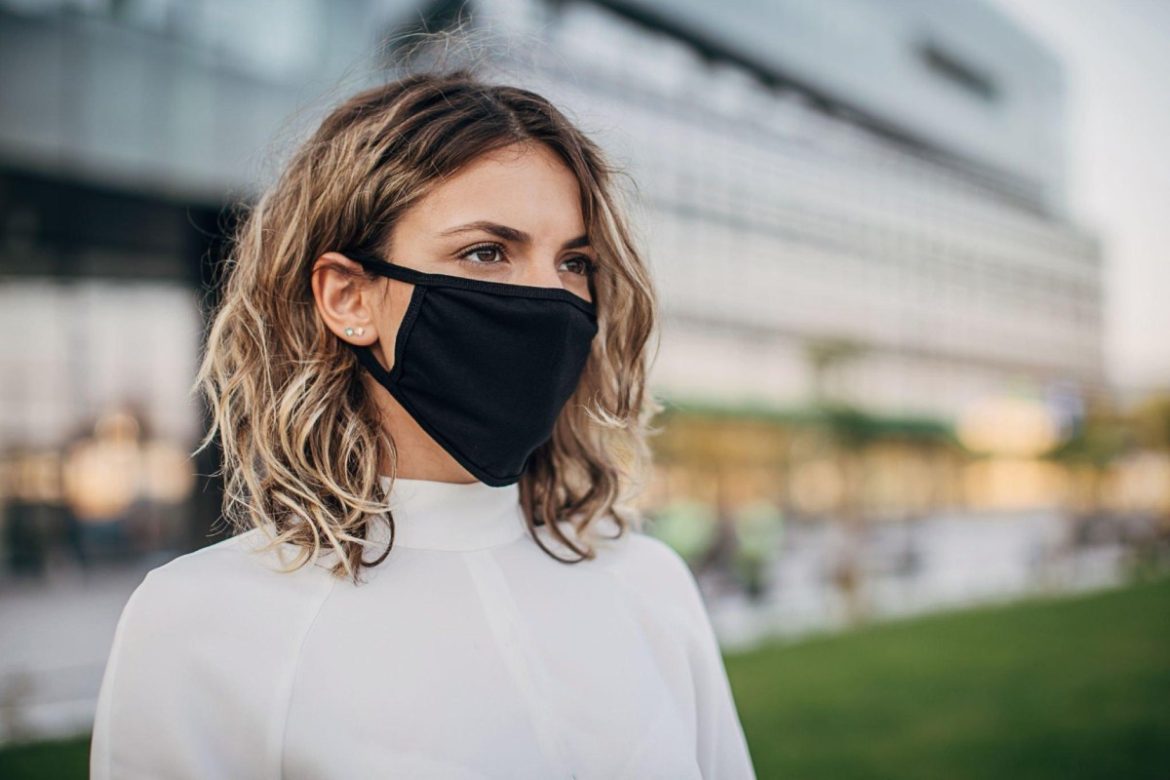Different Types of Face Masks for Reducing Air Pollution – Air pollution is an increasingly serious environmental issue that has become a global problem. Air pollution is the introduction of harmful substances into the atmosphere, which can cause a variety of health problems, ranging from asthma to cancer. It can also negatively affect the environment, causing acid rain, ozone depletion, and global warming. Air pollution is a serious problem, but it is also one that can be addressed with the right measures
It is a growing problem in many parts of the world, and wearing a face mask is one way to reduce exposure to harmful pollutants. However, not all face masks are created equal, and some types are more effective than others. In this article, we will examine the effectiveness of different types of face masks for reducing air pollution.
Table of Contents
N95 Respirator Masks
N95 respirator masks are designed to filter out at least 95% of airborne particles, including pollutants and tiny particles like PM2.5. These masks are typically made of multiple layers of electrostatically charged fibers that capture particles as they pass through the mask. N95 masks are often used in healthcare settings and construction sites, and they have been shown to be effective at reducing exposure to air pollutants.
Surgical Masks
Surgical masks are often used in healthcare settings to prevent the spread of germs, but they can also help reduce exposure to air pollution. These masks are made of multiple layers of material and are designed to filter out larger particles like dust and pollen. While surgical masks are not as effective as N95 masks at filtering out tiny particles, they are still a good option for reducing exposure to air pollution.
Cloth Masks
Cloth masks are a popular option for reducing exposure to air pollution because they are reusable and washable. However, not all cloth masks are created equal, and some may not provide adequate protection. The effectiveness of a cloth mask depends on the material, number of layers, and fit. A well-made cloth mask with multiple layers of tightly woven fabric can be effective at reducing exposure to air pollutants.
Bandanas and Scarves
While bandanas and scarves may be better than nothing, they are not as effective as other types of masks for reducing exposure to air pollution. These types of masks typically have a loose fit and are made of thin, breathable material that does not filter out small particles effectively.
What Factors to Consider When Choosing a Face Mask for Air Pollution Protection?
One of the most important steps to take when trying to protect yourself from air pollution is to wear a face mask. With so many options available, it can be difficult to know which face mask is best for air pollution protection. Here are some factors to consider when choosing a face mask for air pollution protection.
- Filter Type: Not all face masks are created equal when it comes to filtration. Look for masks that have a filter that will trap the smallest particles such as PM2.5 particles. This will ensure that you are protected from the most common air pollutants.
- Fit: It’s important to make sure the face mask fits properly. If the face mask is too loose, it won’t be able to trap any pollutants, and if it’s too tight, it can be uncomfortable and cause skin irritations. Look for masks that have adjustable straps to ensure a good fit.
- Breathability: You want to make sure the face mask is breathable so you don’t feel suffocated when wearing it. Look for masks that have a good balance of breathability and filtration.
- Materials: Pay attention to the materials used to make the face mask. Some materials are better at filtration than others. Look for masks that are made from natural materials such as cotton or bamboo.
- Comfort: Comfort is important when wearing a face mask for multiple hours. Look for masks that are lightweight and have an adjustable nose clip to make breathing easier.
Choosing the right face mask for air pollution protection is an important decision. Consider these factors when making your choice to ensure you get the best protection possible.
In conclusion, wearing a face mask is an effective way to reduce exposure to air pollution. N95 respirator masks and surgical masks are the most effective options for filtering out tiny particles, while cloth masks can be effective if they are well-made with multiple layers of tightly woven fabric. Bandanas and scarves are not as effective as other types of masks and should only be used if no other options are available. It is important to choose a mask that fits well and is comfortable to wear for extended periods, as this will increase the likelihood of continued use and effectiveness.


